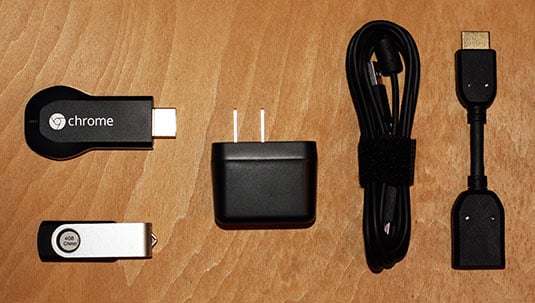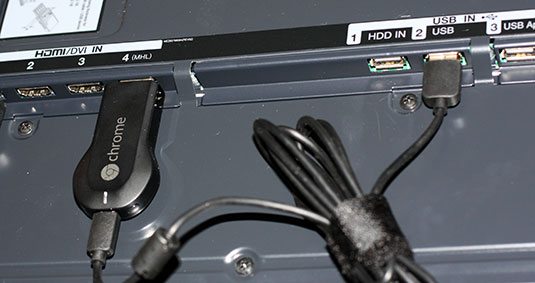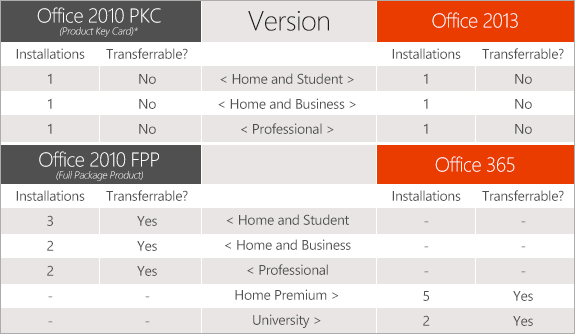As good as you think the speakers in your laptop are, the truth is
they're not really that good. Not when you compare them to full-on
computer speaker systems. We don't care if you have one of those HP
laptops with the Beats by Dre audio—nothing is better than listening to
music through stand alone speakers. The good thing is that these days
you don't have to drop a grip to get good sound. A lot of good systems
retail under $200 and, with a little creative shopping, can be found for
even less. Of course, if money is no issue, you can get a set like the
Bowers & Wilkins MM-1 (seen above). We looked through a ton of
computer speaker systems and picked 10 we feel are better than the rest.
Some are cheap, some are not, but all are great.
6. Orb Audio Mini-T Amp and Speakers
Orb Audio is primarily known for its resplendent home theater offerings,
but the good folks at the New York City-based company would like you to
have that same sound while sitting at your computer. The Mini-T
Amplifier & Speaker Package provides a way for you to connect your
desktop or laptop to two of Orb's speakers (included). If you want to
get fancy, you can upgrade to the Booster pack and connect up to four
speakers and a subwoofer. It all depends on how loud you want to bump
that 2Chainz album.

7. Bowers & Wilkins MM-1
At $500 you would expect a pair of speakers to deliver studio-quality
sound. Luckily, these Bowers & Wilkins computer speakers do just
that. Packed with technology, the MM-1s sports features found in
high-end recording studios, like the tweeters are designed after the
same speakers that are used in the famous Abbey Road studios in London.
Sound is carried from your computer to the MM-1s via USB so the audio is
uncompressed and raw, allowing for the best possible sound. Trust us,
the $500 is well worth it.
8. Creative Inspire S2
Wires not your thing? Creative has just the system for you. The
Inspire S2 can connect to your computer or phone via Bluetooth. The S2
comes with a USB Bluetooth transmitter that, once connected,
automatically streams music to the speakers so you can chill on your bed
and rock out.

9. Edifier PrismaBT
If you're looking for an extremely stylish set of speakers at a more
than reasonable price, check out the Prisma. Edifier's desktop model
features a cool pyramid-shaped subwoofer that will deliver nice, round
bass, a remote that controls volume, and two two-way satellite speakers.
You can also cop the Prisma in black, white, or silver-whichever best
matches your room.
10. UCube by UltraLink
These speakers are diminutive, sure, but you don't want speakers
taking up too much desk real estate, do you? Of course not. The good
thing about the UCubes, despite being as loud as they are small (each
speaker can pump out 15 watts of power), is that all they need to work
is a USB port. Both sound and power are delivered through one port,
making them easy to disconnect and rearrange. That's probably why Amtrak
is planning on bringing these to its quiet cars.
From : Complextech

























 If you want the new version of Office, make sure you know what you're signing up for
If you want the new version of Office, make sure you know what you're signing up for



















